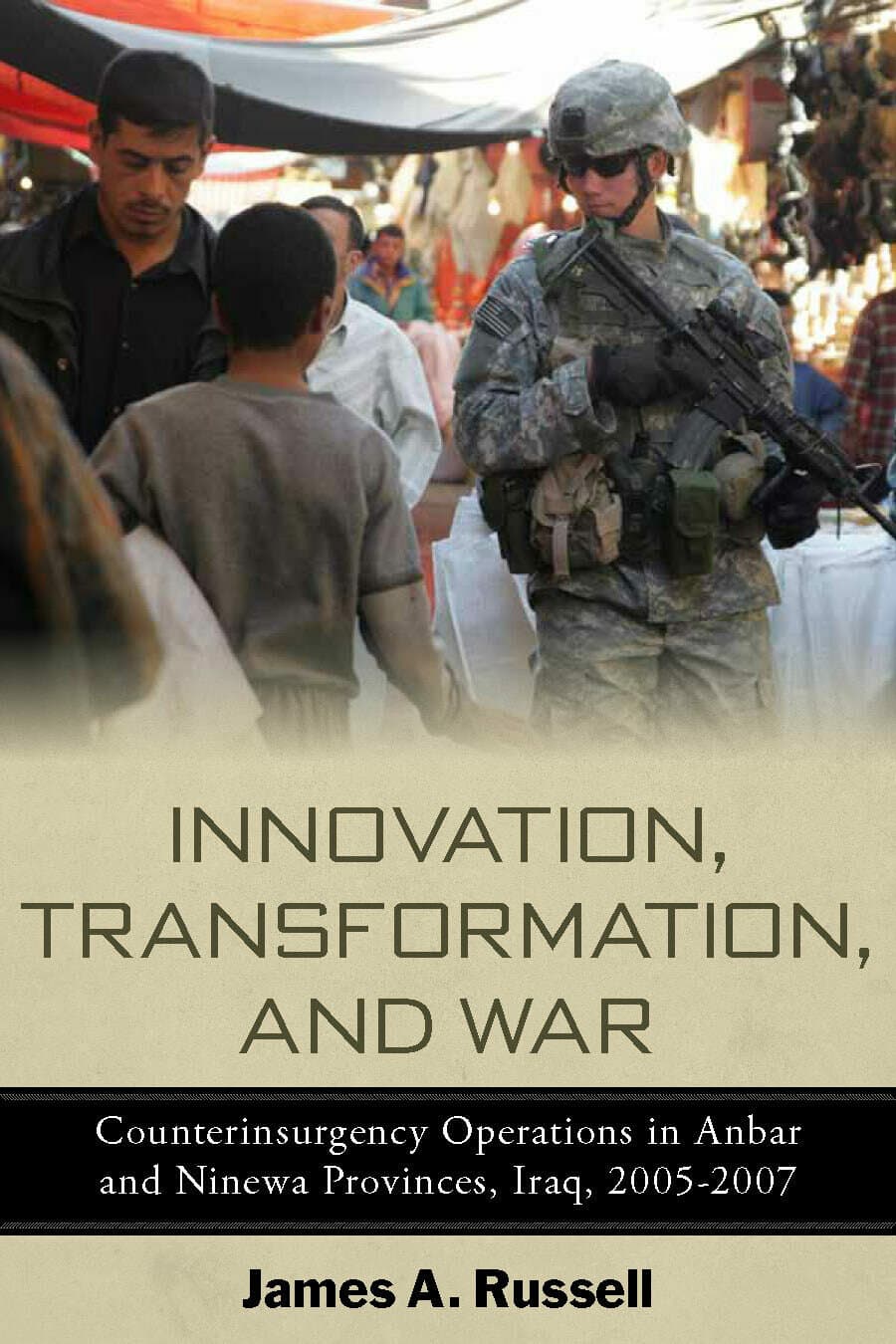Between Threats and War

When confronted with a persistent foreign policy problem that threatens U.S. interests, and that cannot be adequately addressed through economic or political pressure, American policymakers and opinion formers have increasingly resorted to recommending the use of limited military force: that is, enough force to attempt to resolve the problem while minimizing U.S. military deaths, local civilian casualties, and collateral damage.
These recommendations have ranged from the bizarre—such as a Predator missile strike to kill Zimbabwean President Robert Mugabe, or the assassination of Venezuelan President Hugo Chavez—to the unwise—the preemptive bombing of North Korean ballistic missile sites—to the demonstrably practical—air raids into Bosnia and Somalia, and drone strikes in Yemen and Pakistan.
However, even though they have been a regular feature of America's uses of military force through four successive administrations, the efficacy of these "Discrete Military Operations" (DMOs) remains largely unanalyzed, leaving unanswered the important question of whether or not they have succeeded in achieving their intended military and political objectives.
In response, Micah Zenko examines the thirty-six DMOs undertaken by the US over the past 20 years, in order to discern why they were used, if they achieved their objectives, and what determined their success or failure. In the process, he both evaluates U.S. policy choices and recommends ways in which limited military force can be better used in the future. The insights and recommendations made by Zenko will be increasingly relevant to making decisions and predictions about the development of American grand strategy and future military policy.
"In his important work on Discrete Military Operations, Micah Zenko studies the use of cruise missile strikes, small air raids, and other such limited uses of force that became the norm in much of the post-Cold War era. Zenko reminds policymakers of the uneven track record of such operations, while also providing rich new historical detail on matters such as the contemplated (but ultimately foregone) strike near Khurmal, Iraq on the Ansar al-Islam extremist group in 2002. Highly recommended."—Michael O'Hanlon, Senior Fellow and Director of Research for Foreign Policy at the Brookings Institution
"This book is readable, relevant, and insightful. It represents exceptional analysis on a topic that few have explored in such detail. It is well researched, well documented, and well organized. I recommend it to all civilian and military leaders pondering the utility and efficacy of direct military strikes against sensitive targets."—Colonel Robert M. Cassidy, U.S. Army Senior Fellow, Center for Advanced Defense Studies
"Between Threats and War is one of those rare but valuable works that uses rigorous scholarship to illuminate the dynamics of security decisions. Both theorists and security practitioners will find it challenging and useful."—Steven Metz, U.S. Army War College Strategic Studies Institute




